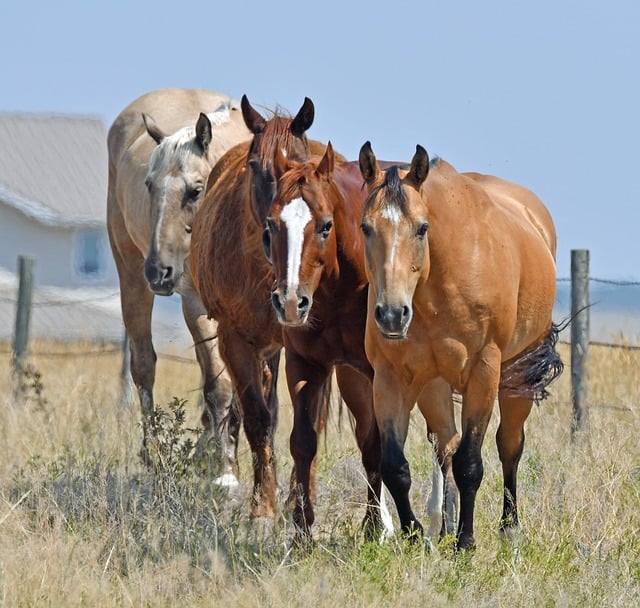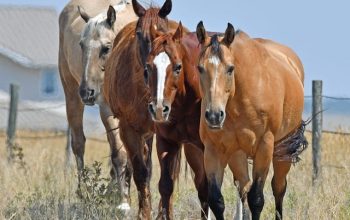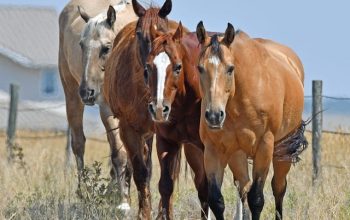Selecting the best fence for farms requires understanding its purpose, considering property-specific needs, terrain, climate, budget, maintenance levels, local regulations, and wildlife patterns. Options range from durable materials like high-tensile wire for livestock control to aesthetic choices like wooden or vinyl fences. Planning involves assessing property lines, preparing the ground, checking regulations, and ensuring tools/materials for a smooth installation process, ultimately boosting farming infrastructure and property value.
Building a robust fencing farm is a critical step towards optimizing your land’s potential. This comprehensive guide explores how to construct a strong, durable fence tailored to your farm’s unique needs, from initial planning to ongoing maintenance. We’ll navigate choosing the perfect fence type – whether it’s for livestock containment, land division, or security – focusing on materials like wood, chain-link, vinyl, and even natural barriers. Then, we’ll walk you through the installation process, from setting posts to selecting gates, ensuring a secure perimeter. Learn essential maintenance practices to ensure your farm fence stands the test of time.
- Choosing the Right Fence Type for Your Farm
- – Consideration of farm layout and purpose (e.g., livestock containment, land division, security)
- – Different fence types: wood, chain-link, vinyl, electric, natural barriers (fences made from plants)
- Planning and Preparation for Installation
Choosing the Right Fence Type for Your Farm
When considering a fence for your farm, the first step is understanding its purpose and the specific needs of your property. Different types of fences serve various functions; some are designed for security, while others provide protection against wildlife or offer aesthetic appeal. For example, a sturdy wood fence can create a natural barrier, enhancing the visual appeal of your farm, while a high-tech electric fence is ideal for keeping livestock in and wild animals out.
The choice should align with factors like terrain, climate, budget, and desired level of maintenance. Consider the layout of your land; certain fences work better for straight lines or complex shapes. Additionally, think about local regulations regarding fencing, especially if you live in an area prone to wildlife migration patterns. Choosing the right fence type is a crucial step in building a strong farming infrastructure that supports your operations and enhances the overall value of your property.
– Consideration of farm layout and purpose (e.g., livestock containment, land division, security)
When planning a farm layout, the choice of a suitable fence for farms is pivotal and should align with your primary objectives. Whether it’s for livestock containment, land division, or security, understanding your specific needs is key. For instance, if you aim to keep animals in check, consider durable materials like high-tensile wire fencing that offer better strength and longer life compared to traditional options.
For clear demarcation of land or to enhance security, a strong electric fence system could be an excellent choice. This setup is particularly effective for protecting valuable crops or restricting access to specific areas. Moreover, the layout should allow for easy movement of both livestock and farm machinery while ensuring that your fences for farms are sturdy enough to withstand potential damage.
– Different fence types: wood, chain-link, vinyl, electric, natural barriers (fences made from plants)
When considering how to build a strong fencing farm, selecting the right type of fence is paramount. Traditional options like wooden fences offer classic aesthetics and relative affordability. However, they require regular maintenance due to rot and damage from elements. Chain-link fences are durable and secure, ideal for large areas, but can be unsightly and noisy. Vinyl fences provide a low-maintenance alternative with a variety of styles, though they may not withstand heavy weather conditions as well as other materials.
For eco-conscious farmers, natural barriers made from plants offer an innovative solution. Living fences using hedges or trees not only enhance the farm’s biodiversity but also serve as effective windbreaks and noise reducers. Electric fencing is another modern option, providing a humane and adjustable way to control livestock movement. It requires proper installation and maintenance but offers flexibility and safety advantages, especially for sheep and goats.
Planning and Preparation for Installation
Before installing a fence for farms, careful planning and preparation are essential. This involves assessing your property lines, identifying the best locations for the fence to maximize its functionality and security, and considering local regulations regarding fencing. It’s important to note the types of livestock you intend to keep and their specific needs, as this will determine the type of fence material and design required. For example, a sturdy, durable fence with smaller gaps is necessary for keeping in sheep, while a higher fence with less visibility might be better suited for cattle.
Additionally, preparing the ground where the fence will be installed is crucial. This includes removing any obstructions, leveling the terrain if needed, and marking out the fence line accurately. Clear communication with your local authorities about permits and restrictions can also save time and hassle later. Ensure you have all necessary tools and materials in place before starting construction to make the process smoother and more efficient.
Building a strong fencing farm requires careful planning and consideration of your unique needs. By understanding your farm layout, purposes such as livestock containment or land division, and exploring options like wood, chain-link, vinyl, electric, or even natural barriers, you can choose the best fence type for your farm. Before installation, prepare thoroughly, ensuring a solid foundation and long-lasting protection for your property. With the right fence in place, you’ll enjoy enhanced security, improved land management, and peace of mind knowing your livestock and crops are safely contained.




